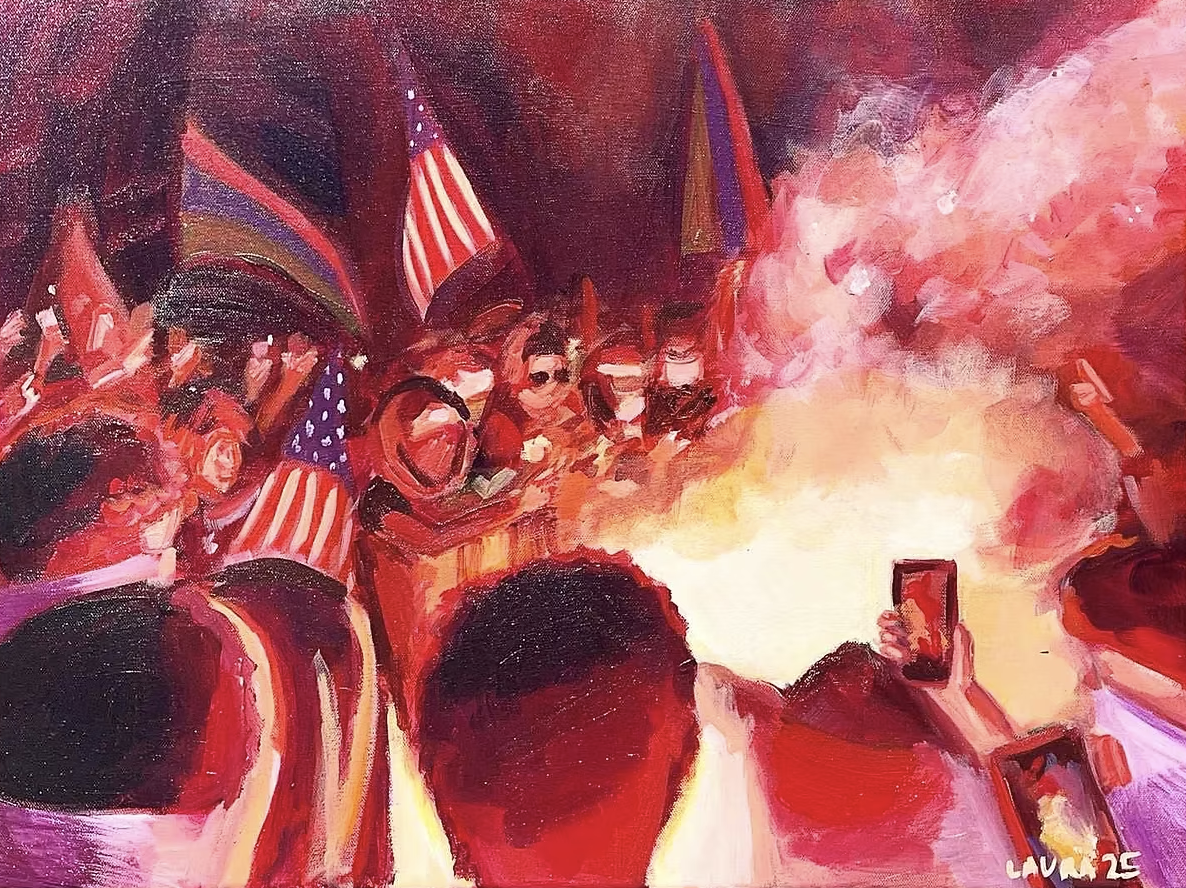Welcome back to The Flyover, your daily midday digest of what local media outlets and Twitter-ers are gabbing about.
OSN was with the FBI, US DHS
Remember when Operation Safety Net was set up right before the Derek Chauvin trial? The program, backed by Hennepin County sheriff David Hutchinson and (then) Minneapolis police chief Medaria Arradondo, was formed to “prevent violent civil disturbances, assaultive actions, property damage, fires, and looting.” How did OSN plan to achieve this? By spying on protesters and journalists, of course. An investigation by MIT Technology Review has found that not only did OSN set up a huge network of surveillance, they were also collaborating with the US Department of Homeland Security and the FBI. The focus was on surveillance and information regarding both activists and journalists–even when individuals weren’t suspected of wrongdoing. According to the article, “The initiative expanded far beyond its publicly announced scope to include expansive use of tools to scour social media, track cell phones, and amass detailed images of people’s faces.”
Tick Tock, TikTok—Keith's Coming
Minnesota Attorney General Keith Ellison is getting in on the hottest new TikTok trend. No, not trauma dumping over a Gangnam Style mashup—the AG's office announced Wednesday that Ellison is joining attorneys general in California, Florida, Kentucky, Massachusetts, Nebraska, New Jersey, Tennessee, and Vermont in investigating the app's impact on young people. The minimum age for using TikTok is 13, and the New York Times recently reported that a third of its U.S. users may be 14 or under. That's young! While Ellison said he couldn't go into too much detail about an active investigation, he did say they'd be looking into "harms that using TikTok may cause young users, and what TikTok knew about those harms." The investigation is focused, among other things, on TikTok techniques that boost engagement among young people. If it were us, we'd be looking out for moms, too—not one of them is safe until Yung Gravy is banned.
MN Senate GOP Wants to Protect Students from Learning
Schools! They’re always trying to teach your kids stuff. And how do you know if they’re teaching your kids… the wrong stuff? Stuff that might make them feel bad? Like that racism and sexism exist? Or that not everyone is a cis hetero? Well, don’t worry, Minnesota. The Senate GOP, led by gubernatorial hopeful Paul Gazelka, just took up a “Parent’s Bill of Rights” that will protect your children’s fragile eggshell minds from all imaginary institutional threats. The collection of bills would saddle teachers and school boards with needless paperwork, make vague but loaded statements about parents' “rights,” and wouldn’t provide any funding. Fortunately, even this passes, it will go nowhere in the DFL House, but it’ll be a dumb election year issue that’ll rile up the rile-able who’ve been indoctrinated themselves into believing that “woke activists” are foisting something called “Critical Race Theory” on their kids. We just hope the legislature considers our idea for an alternate plan. It’s called the “Why Don’t You Just Ask Your Kids What They Learned in School Today, You Absolute Dipshit?” Act.
New Bureaucracy Helps You Tear Down Statues
Are you in an angry mob hellbent on taking down a racist statue? Well, now Minnesota has a pathway for you to do that using paperwork instead of a chain and your brute strength. The move was prompted by the 2020 incident where a group of (mostly) Native American demonstrators tore down that shitty Christopher Columbus statue at the Capitol. Critics argued that the group should have followed proper procedures to get the statue taken down. But there literally were no procedures in place for that sort of thing, fools! Enter the Capitol Area Architectural and Planning Board, a small government department that has put forth a set of rules that will make explicit how people can go about adding, removing, or changing artwork that is featured at the Capitol. This swell story over at MinnPost examines ever-changing views on historical events, new approaches to cultural sensitivity, and the evolving art collection at the Capitol.







